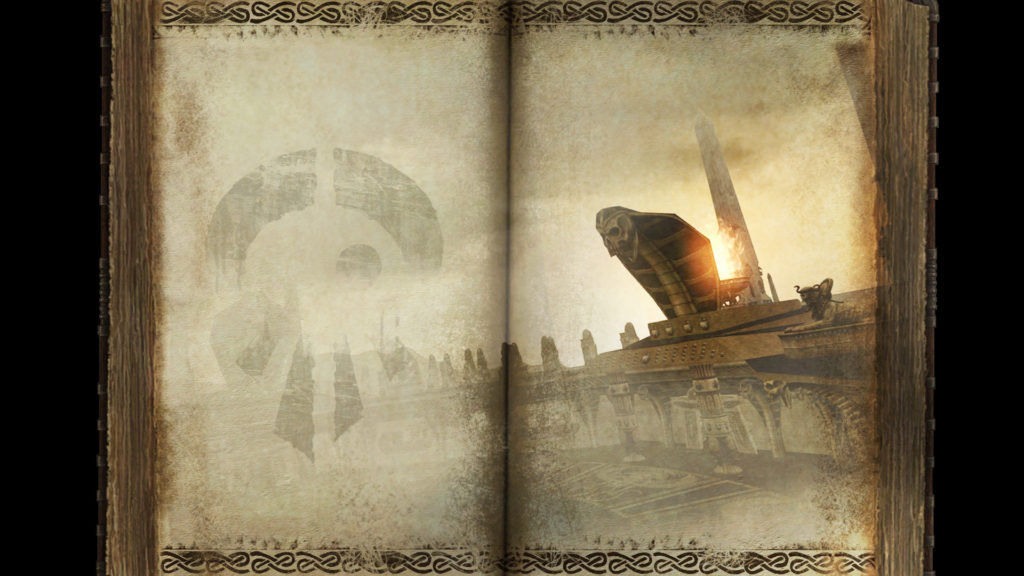
How Fan Servers are Preserving Dead Multiplayer Games
As games move further towards a service model, relying on servers and regular updates for content and access, the question of their preservation is becoming more and more complicated. Many MMORPGs that don’t garner the right amount of success are shut down without warning or heed towards keeping a version accessible, leaving only remnants behind. Entire communities are dissolved overnight, suddenly left hanging without the thread that bound them all together. In some cases, this is just it, the game is dead and the players go their separate ways. But in others, fans take a “never say die” attitude, reverse-engineering servers to keep the lights on. Entirely voluntary, these projects feature rag-tag teams from around the world making the wheels turn, developing events and content, and running community support for increasingly huge player-bases, all learning the ropes as they go.
“The very day after Disney announced that the game was closing, a small group that we had joined were already working on reverse-engineering the game’s client. While most players spent the final month of Toontown playing as much as they could before the game closed, we raced to get a prototype working to see if our crazy idea could become a reality,” Joey Ziolkowski, a game design lead on Toontown Rewritten, tells me. “When we began Toontown Rewritten, we thought it would be a small project that might get the attention of a hundred or so people for a short period of time. We never expected it to blow up in the way that it did.”
As the name implies, Disney’s Toontown Online is centered on constructing your own cartoon character and defending the titular municipality from the evil corporate Cogs. It ran for 10 years, from 2003 and 2013, before Disney decided to can the MMO in favour of a shift towards mobile gaming and smaller, Club Penguin-like ideas. Given the announcement was made a month ahead of time, a seamless transition to the new Toontown wasn’t feasible, but Ziolkowski and his friends still managed to have a version in Alpha a few months after. Using various downloads and other bits and bobs freely available, the group managed to pull together a client that let players chat and play a single mini-game, slowly building outwards from there. Alpha invites were released in waves, leading to a limited Beta, and eventually full release. Demand was higher than expected, queues of up to one week being reported during testing as prospective residents flocked to the new-old Toon-universe.
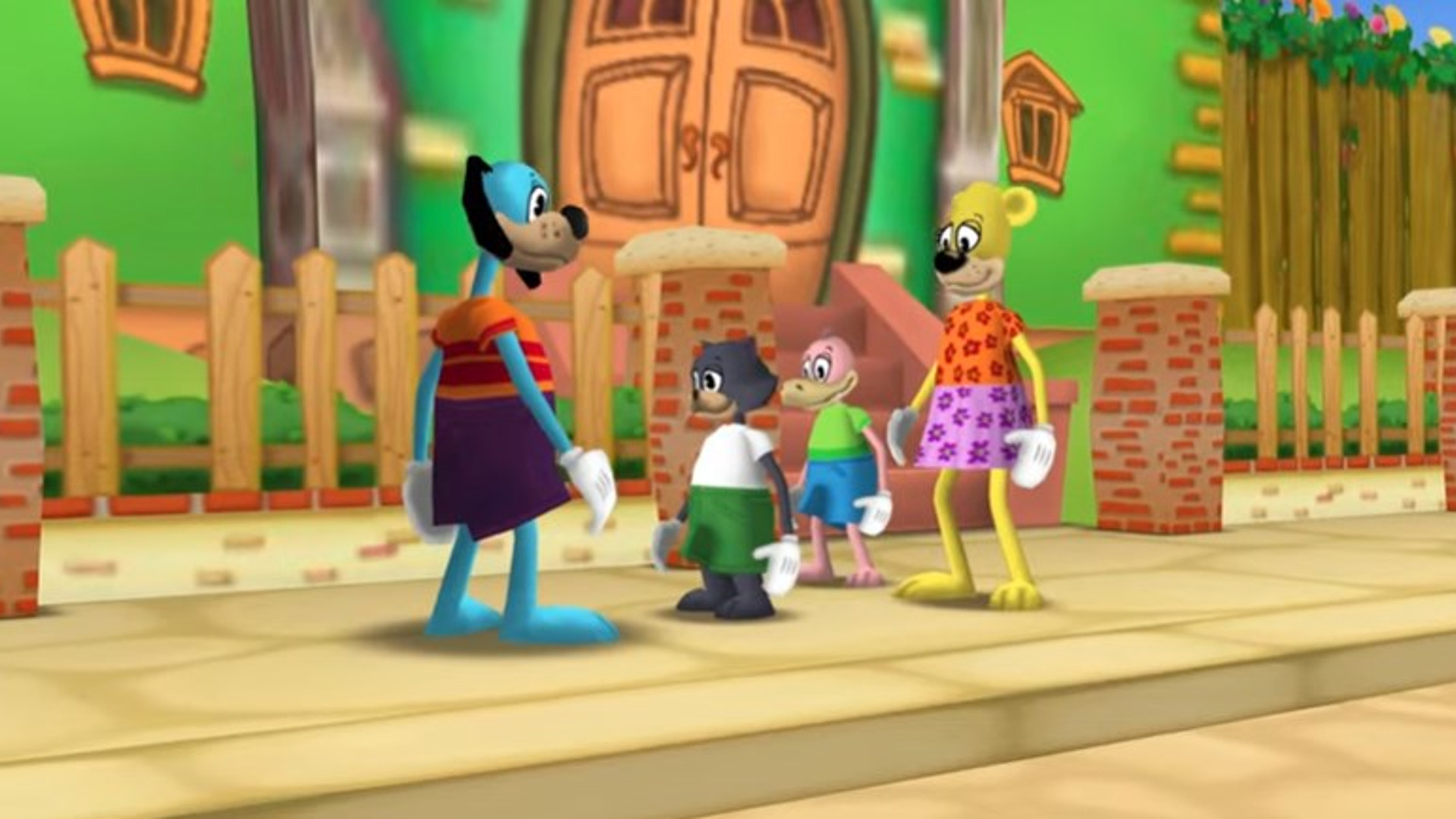
“In the first month of that Alpha phase, we quickly realized just how big this project was becoming. One of the key things that led to our success was the introduction of ‘Daily Alpha Updates’, where we aimed to release a game update every day, no matter how small, with a little in-universe story attached to it on our blog that anyone could read,” Ziolkowski explained. “So many fans checked back every single day for months to read these updates and just get a little glimmer of what was going on in the Tooniverse, as well as hope that one day they’d be able to play again.”
Toontown Rewritten is now maintained by a team of over 80 working every day to ensure the comfort of their night-two-million-strong players. Toontown’s story echoes that of Cartoon Network’s Fusionfall, initially available from 2009 to 2013. More branding-heavy than Toontown, Fusionfall had you actually live among the characters of Cartoon Network’s roster, hanging out with Johnny Bravo, Courage The Cowardly Dog, Kids Next Door and so on. In the years after its closure in August 2013, fans unofficially reopened Fusionfall with two separate versions: Fusionfall: Retro, the base game with no frills, and Fusionfall: Legacy, a new version rebuilt in modern Unity. As well as providing a fresh lick of paint, Legacy was continuing work the first team never got around to.
“We had contact with some of the old developers, they no longer work for Cartoon Network or anything. They still had some of their old design documentation, which is really, really fun to read but very outdated,” Brandon Przywara, a writer on Fusionfall: Legacy, said. “There was a lot of stuff in there that was cutting room floor kind of stuff, so that was the first thing that we looked into. As well, if you looked into the files, there’s references to certain pieces of content that they never ended up making. So we wanted to do that stuff.”
Fusionfall was more limited in scope in its heyday, a relatively short ascension to level 36 and an accompanying final boss forming the bulk of the game. For Legacy, part of the struggle was expanding that remit so people had more genuine reason to hang around without altering the foundations too much. Several new levels were planned and seasonal events were starting to form.
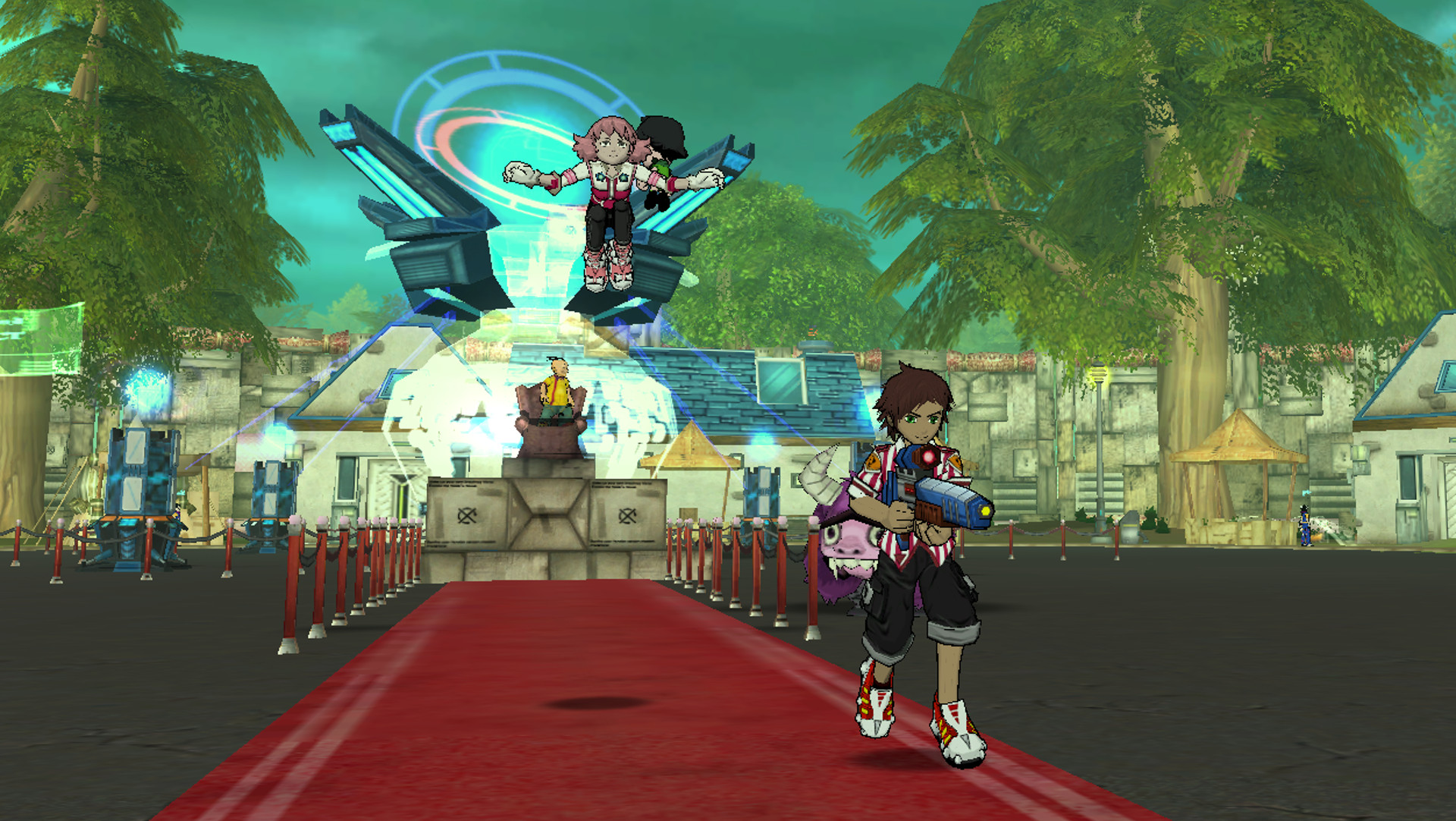
“We never really ran out of things to make, because we had like a giant backlog of updates that we think would be fun, or people would find fun to play. We had some that we really wanted to do, we were in the process of making like a four level expansion, which would have added four extra levels of content,” Przywara said. “Before we ended up getting to that four level expansion thing, we would just add extra little missions and things for people to do. And we looked into replayable dungeons with keys and stuff, we ended up getting one of them in as a holiday-only thing.”
Unfortunately, those dungeons and everything else still in store have been shelved, as this past April the team got the email everyone dreaded: a formal cease-and-desist from the IP holders, in this case WarnerMedia. In a matter of days, everything using the Fusionfall logo and featuring any of the Cartoon Network characters had to go dark. It’s a reality all of these fan-resurrections live in imminent fear of, being forced to shelve all their work without recourse. Obviously, publishers have to protect their copyright, but it’s no less disheartening to see games that have brought so many people together, inspiring so much creativity and enthusiasm, just vanish for a second time.
A lot of painstaking effort goes into preserving and restoring these works, often, like in Fusionfall, finishing what the previous developers started. Return of Reckoning, a revived server for Warhammer Online: Age of Reckoning, implemented a scenario from the official beta that had never been fully fleshed out. Closed in 2013 and reopened in 2014, Reckoning is a more traditional MMORPG, though with a heavy slant towards large-scale PvP in its eponymous city sieges. Emulating the widespread battles of the table-top forebear, the numbers involved are still an impressive technical feat.
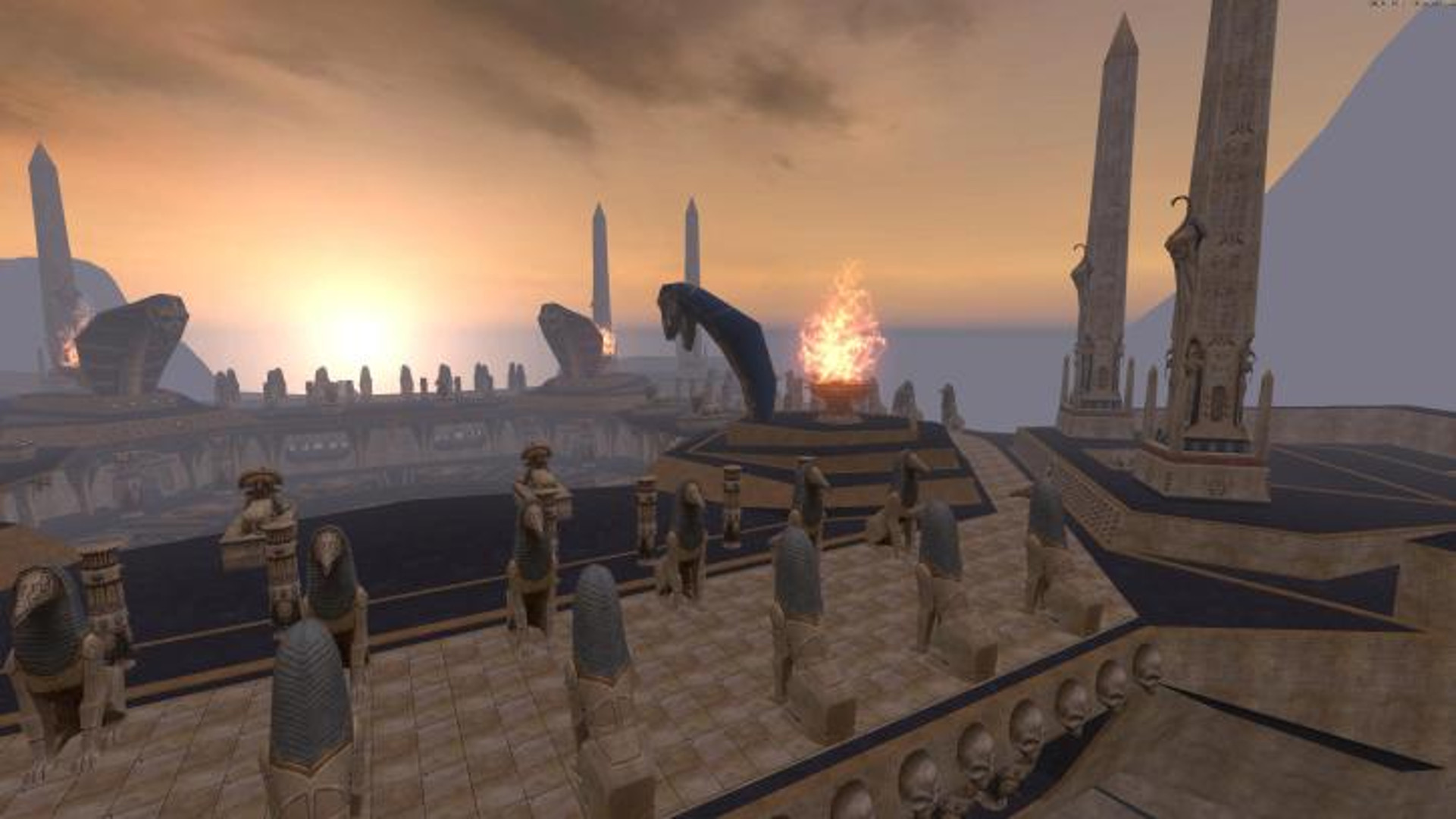
“It’s usually around 300 vs. 300, but we’ve had battles with around 1,300 people in them,” Max Hayman, a programmer on Return of Reckoning, says. “The whole game focuses on capturing enemy keeps, making your way towards their fortress, and then invading their capital city. This requires skill, player numbers, and most importantly, coordination between all of these players using warbands and guilds.”
Getting Return of Reckoning to the state it’s in now has been a slow, gradual process. On top of all the huge skirmishes, there’s an annual live event calendar, weekend bonuses, and still an expansion from the initial launch to come. By Hayman’s own admittance, Reckoning wasn’t in the best shape when they started, and some amount of the workload has been smoothing the edges and making it more playable.
“The game had long server queues and they were not the most stable. In the early life of the game, if a side was losing a fortress siege, they were able to make the server crash to reset, this led to them being removed from the game for a few years,” Hayman tells me. “The game really only had one big content patch which introduced ‘The Land of the Dead’, which was a big hit. They were working on a Vampire Counts expansion pack soon after, but that was canceled.”
Mythic ended the game when the licensing agreement with Games Workshop expired. The player-count wasn’t spectacular, and when Return of Reckoning started, it’d struggle to get 50 in at any one time. Average peak population these days is at 1,000, sometimes spiking to 4,000 if there’s a jump in publicity. Unlike Toontown and Fusionfall, who are run purely out of the pockets of the creators, Reckoning is subsidized by the advertising on the community forums, which helps cover server costs. All three mention the same fundamental rules of staying out-of-sight of legal trouble: everything is free-to-play, it’s clearly unofficial, and they don’t work against the ideals of the existing brand.
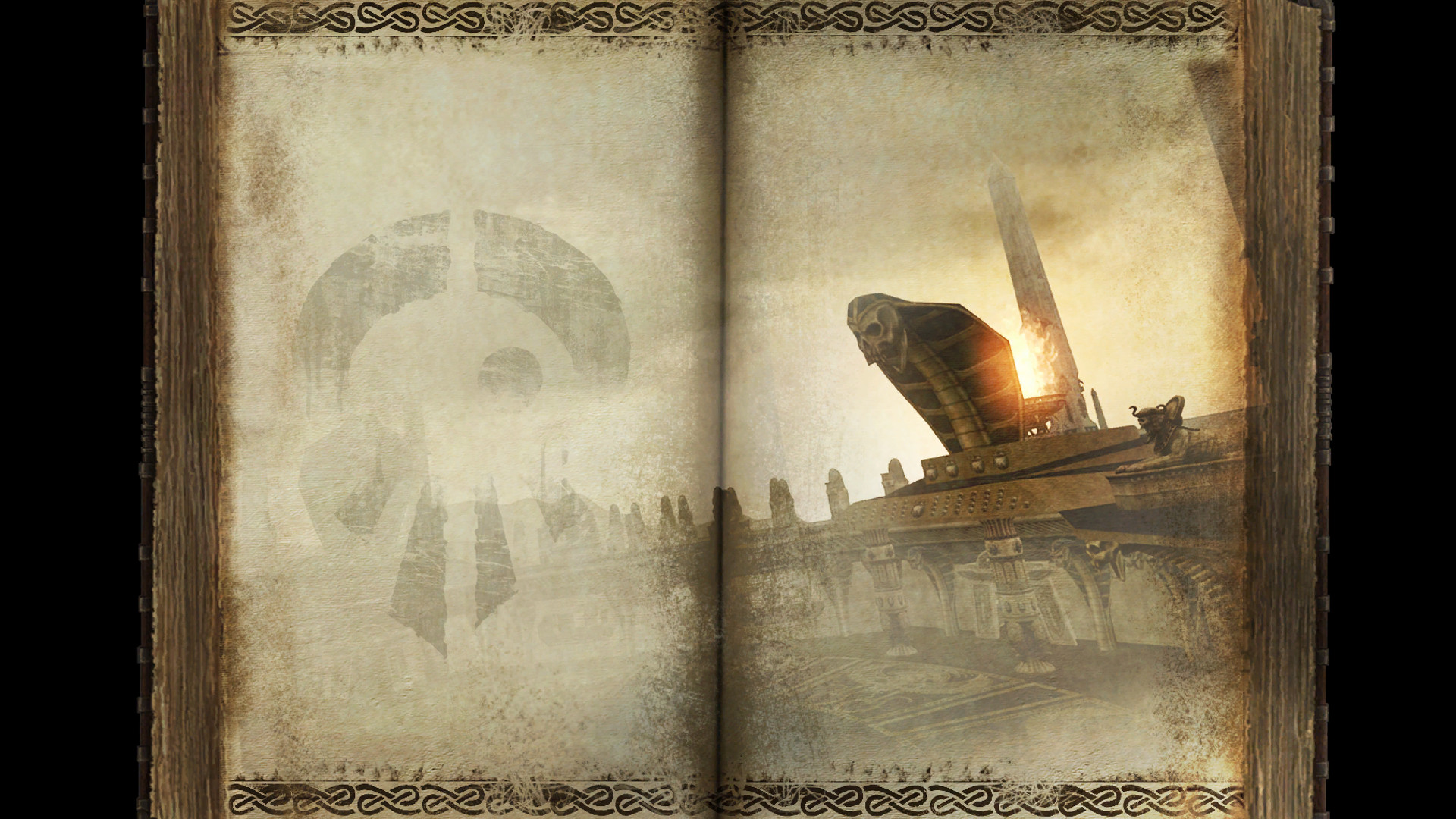
That last part is perhaps the most crucial. An easy way to get noticed by a dissenting lawyer or executive would be to get controversial headlines. Ziolkowski makes mention of Toontown actively building on the standards already in place to make the environment safer and more approachable. “Given that many kids play this game, safety is our top priority and we’ve gone as far as implementing brand new systems that make the game in many ways even safer than it was when owned by Disney,” he said. “We conduct background checks on every member of our team before they are allowed to join, so that our players and any onlookers at Disney can trust that the game is in good hands.”
Alas, it isn’t much of a defense when you’re ultimately just a load of friends using licenses you’ve no say in against the might of a multinational corporation. Though disappointed, Przywara and many of his Fusionfall alum are still regularly sharing ideas with each other, notions that will likely become something greater down the line. “Some of them are already game designers, their side hustle was to make Roblox games. That’s where they got their extra paycheck,” he says. “So yeah, we’re all bouncing game ideas off each other. I’m sure it’s only a matter of time before we all come together and make like something new.”
In the meantime, Return of Reckoning has waves of smaller bits and bobs to look forward to, including all new weapons for each class, leading to bigger plans that have been coming together for the last two years Hayman is decidedly hush-hush about. Not knowing what the future holds has done nothing to diminish the aspirations of the artists, programmers, designers and other specialists who keep these digital havens running all day every day. Absent any more long-term solution, they’re just glad for each extra day they have with a game that matters to them.
“We just have to be grateful for every single day that we are able to continue to play it,” Hayman declares. “Which is, as of now, over 2,400 days longer than we were originally supposed to have!”





